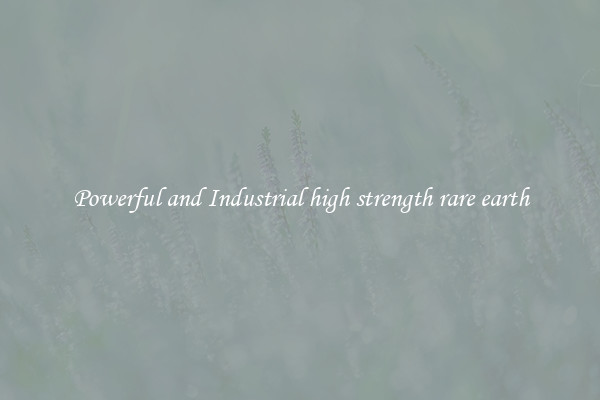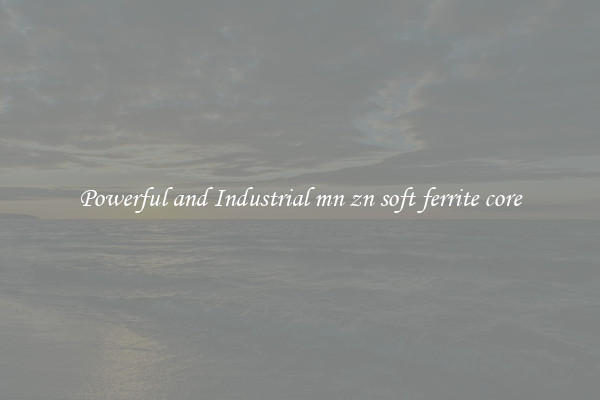Powerful and Industrial high strength rare earth
Powerful and Industrial High Strength Rare Earth: Revolutionizing Modern Technologies

In today's rapidly advancing world of technology, there is an increasing demand for materials that can provide the necessary strength and power to drive various industrial applications. Rare earth elements, a group of seventeen chemically similar metals, have emerged as a game-changer in this regard. These elements possess unique magnetic and catalytic properties, making them an integral part of numerous high-tech devices and green technologies.
One of the most significant features of rare earth elements is their exceptional magnetic capabilities. These elements can generate a magnetic field that is several times stronger than traditional magnets, enabling them to be used in various applications. For example, neodymium, a powerful rare earth magnet, is widely used in electronics, computer hard drives, and speakers. The high strength provided by rare earth magnets allows for miniaturization, improving the overall performance and efficiency of these devices.
Additionally, rare earth elements are crucial in the manufacturing of electric vehicles (EVs) and wind turbines, two key components of the clean energy transition. Permanent magnets made from neodymium, praseodymium, and dysprosium are essential for the motors used in EVs, providing them with exceptional power and torque. Similarly, the magnetic properties of rare earth elements are instrumental in the construction of efficient wind turbines, facilitating the generation of renewable energy on a larger scale.
Rare earth elements also find applications in various industrial processes. For instance, they are vital catalysts in the production of petroleum products and various petrochemicals. Additionally, these elements are used in the refining of crude oil, hydrogen storage, and gas purification. Their catalytic properties enhance the efficiency of these processes, reducing the energy consumption and environmental impact.
However, the increasing demand for rare earth elements raises concerns about their availability and environmental implications. Currently, China dominates the global rare earth market, accounting for approximately 80% of the world's production. This dependency on a single supplier poses risks to the global supply chain and necessitates diversification efforts.
Moreover, the extraction and processing of rare earth elements can lead to environmental degradation if not managed sustainably. The refining process generates large quantities of hazardous waste and radioactive tailings, which pose significant environmental and human health risks. Thus, it is crucial to develop environmentally friendly extraction methods and promote recycling and reuse of these valuable materials.
In conclusion, powerful and industrial high strength rare earth elements have revolutionized modern technologies, playing a vital role in various applications. Their exceptional magnetic and catalytic properties have significantly enhanced the performance and efficiency of electronic devices, electric vehicles, wind turbines, and industrial processes. However, the global rare earth supply chain needs to be diversified, and sustainable practices must be adopted to mitigate environmental impacts. By harnessing the power of rare earth elements responsibly, we can continue to drive technological advancements and promote a greener future.

View details

View details

View details

View details








